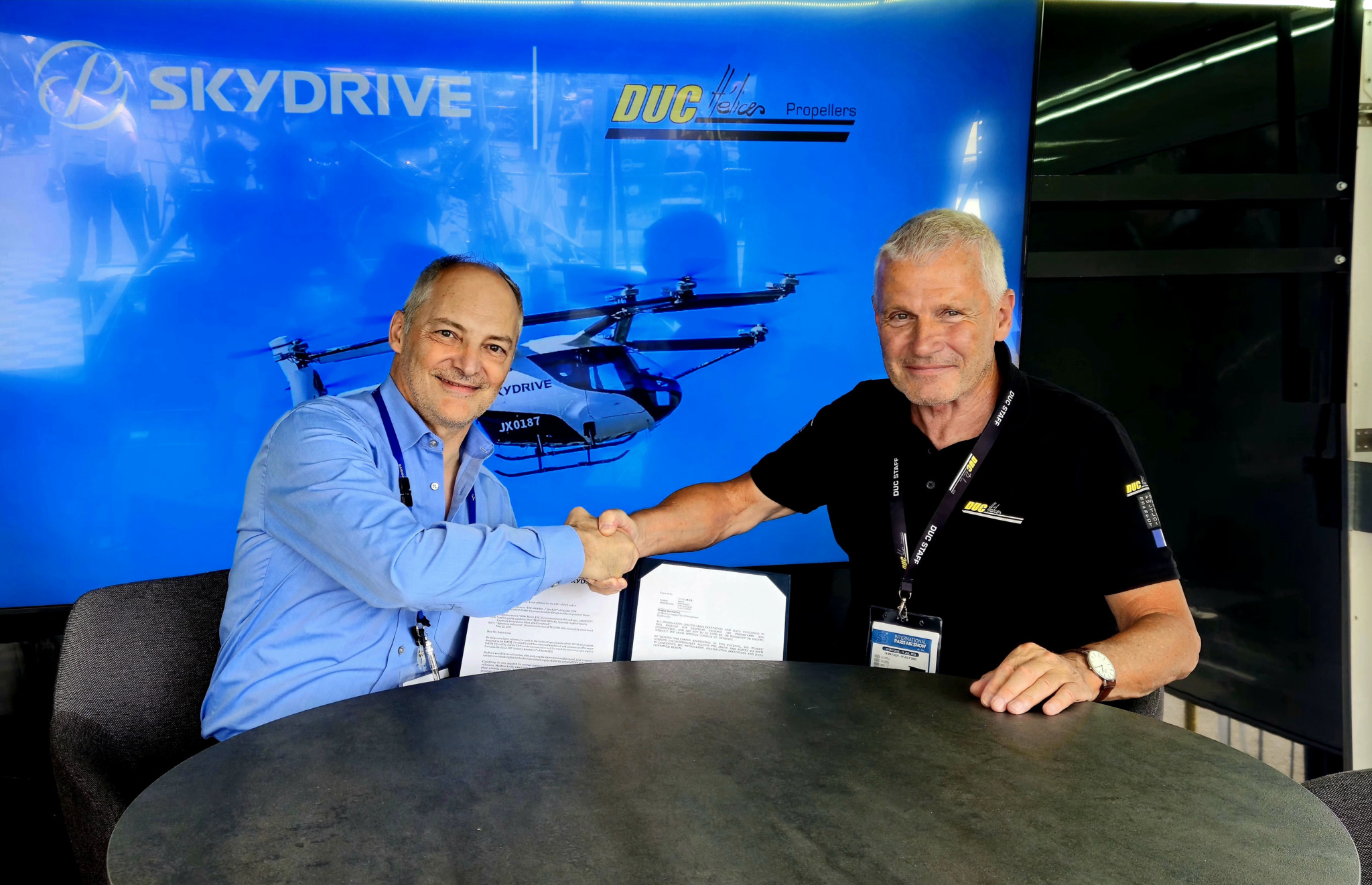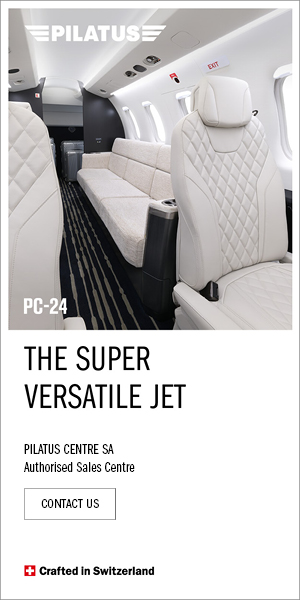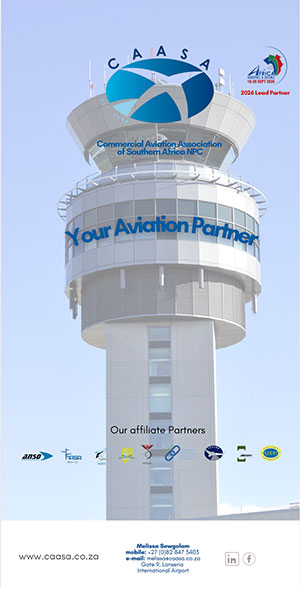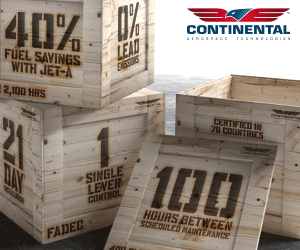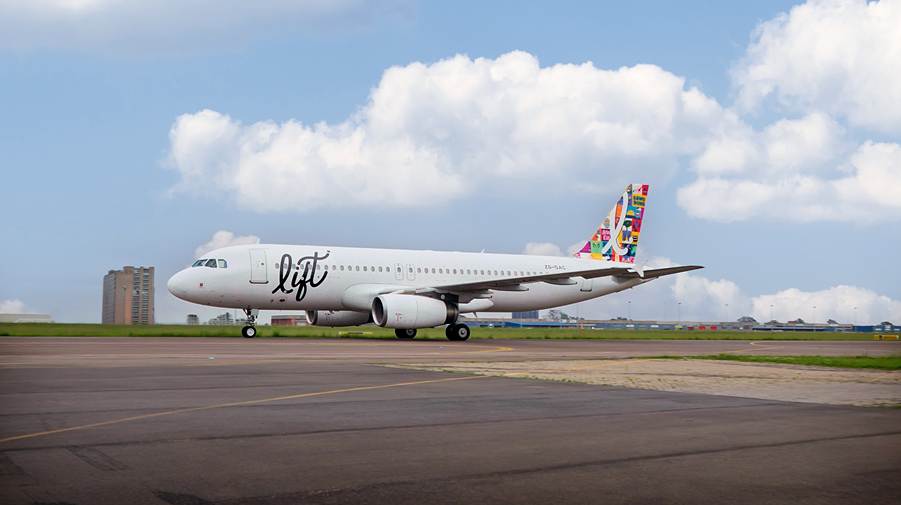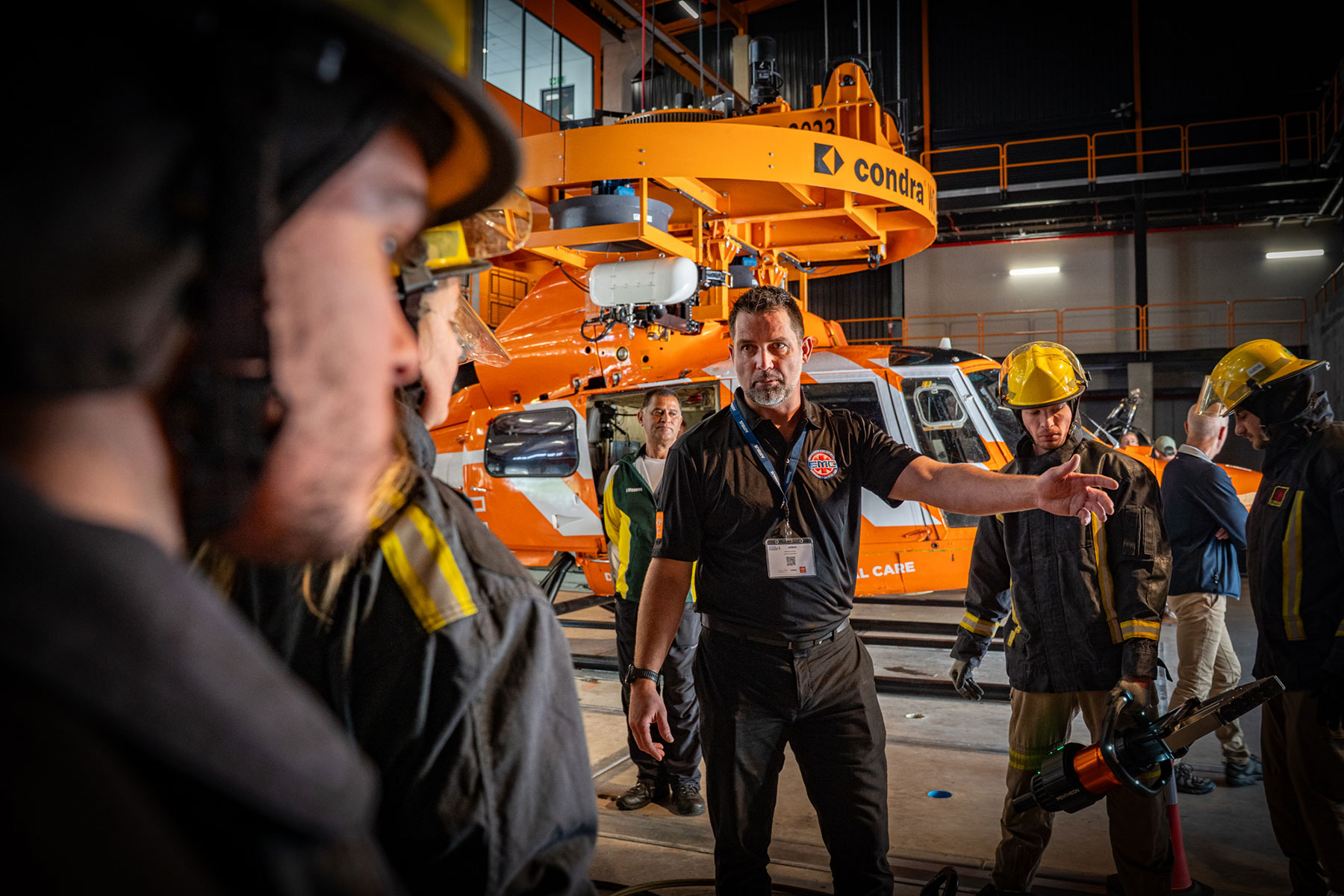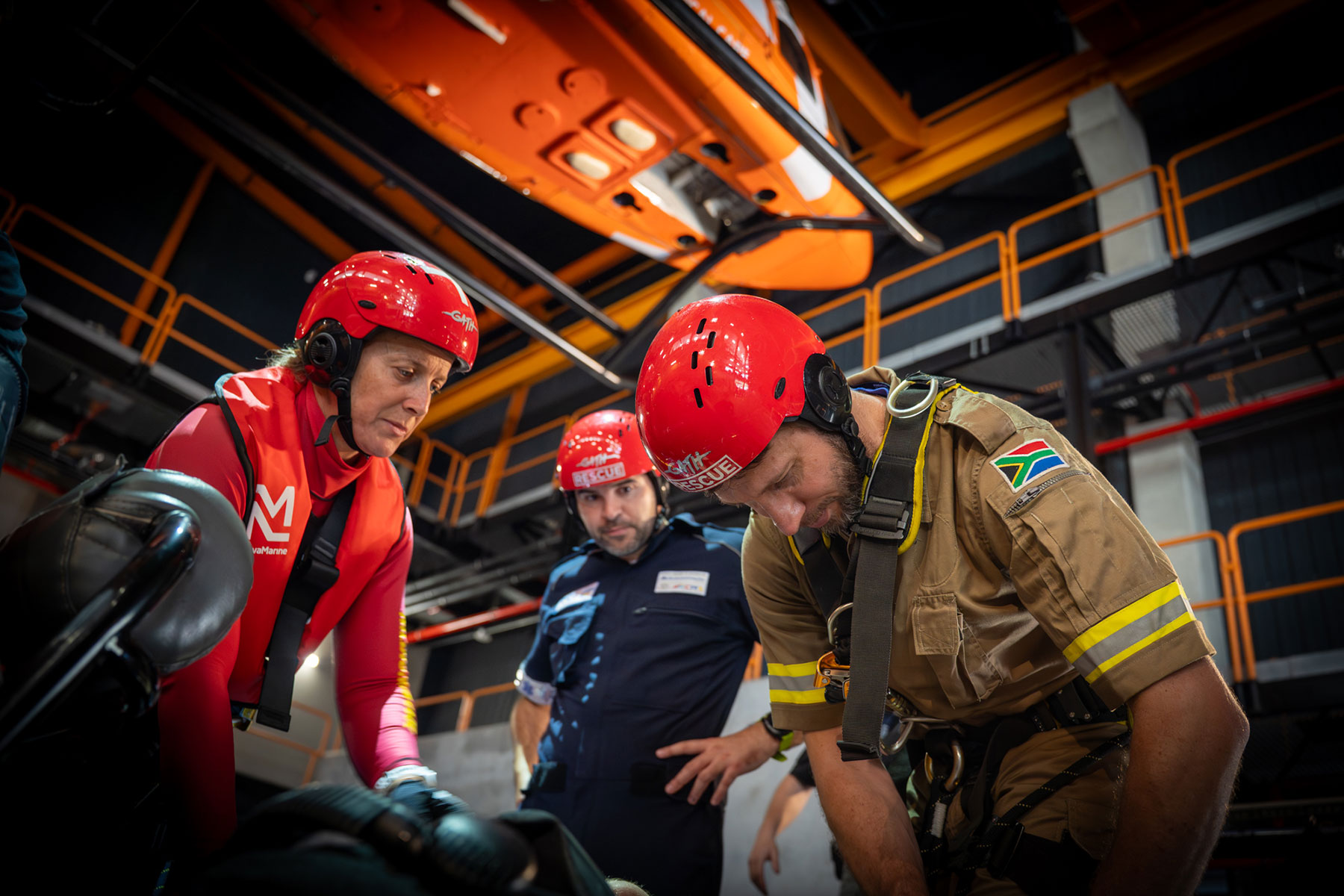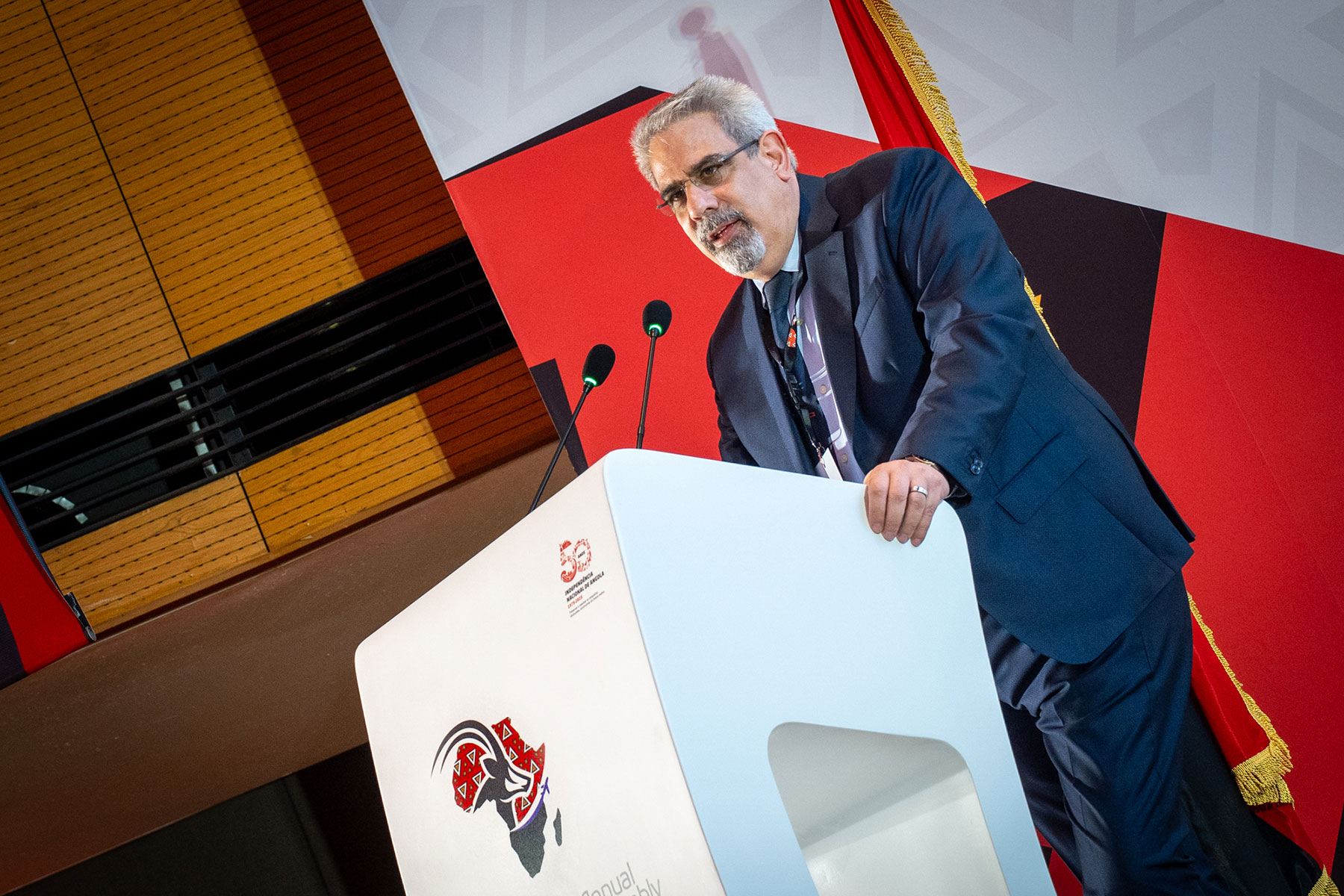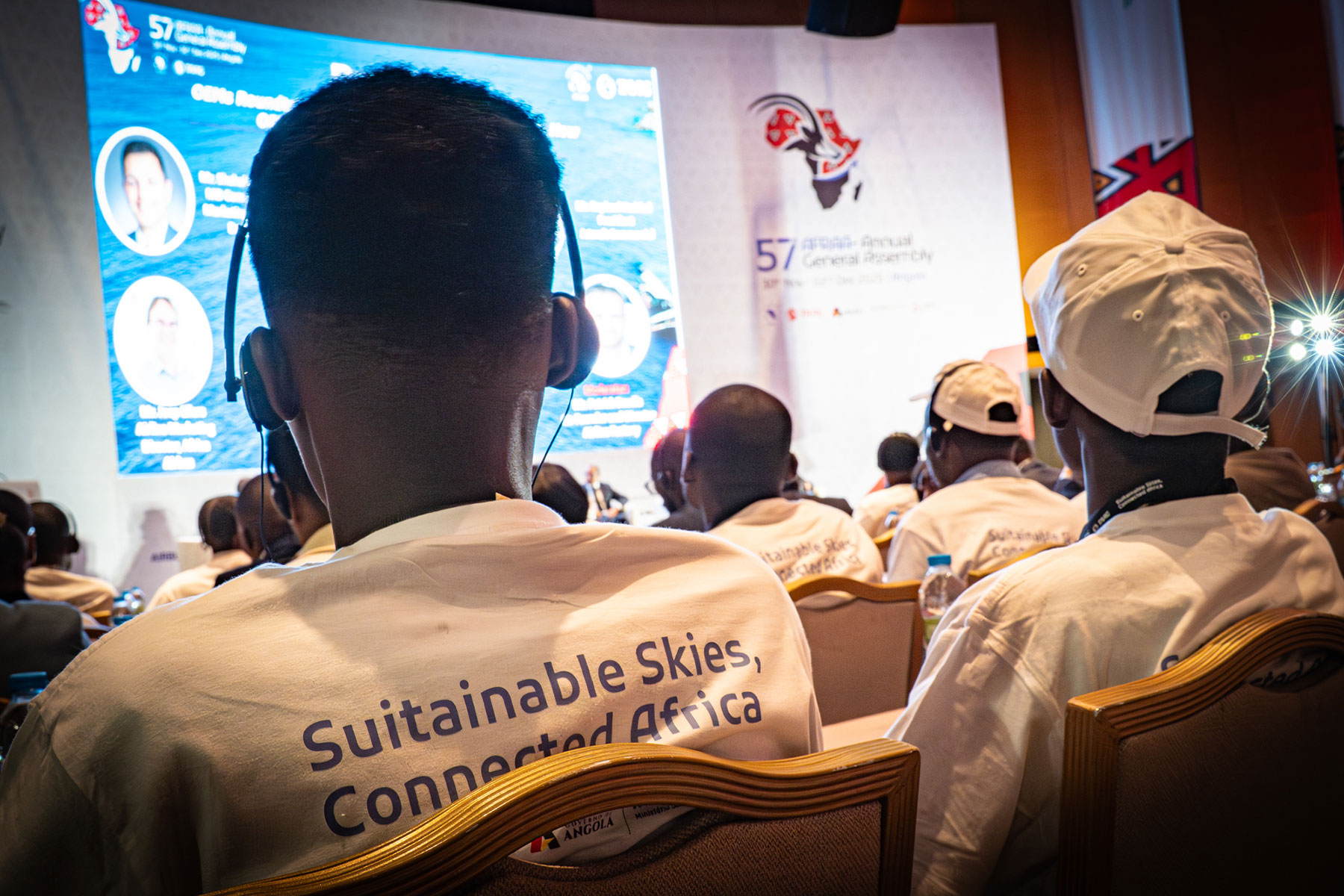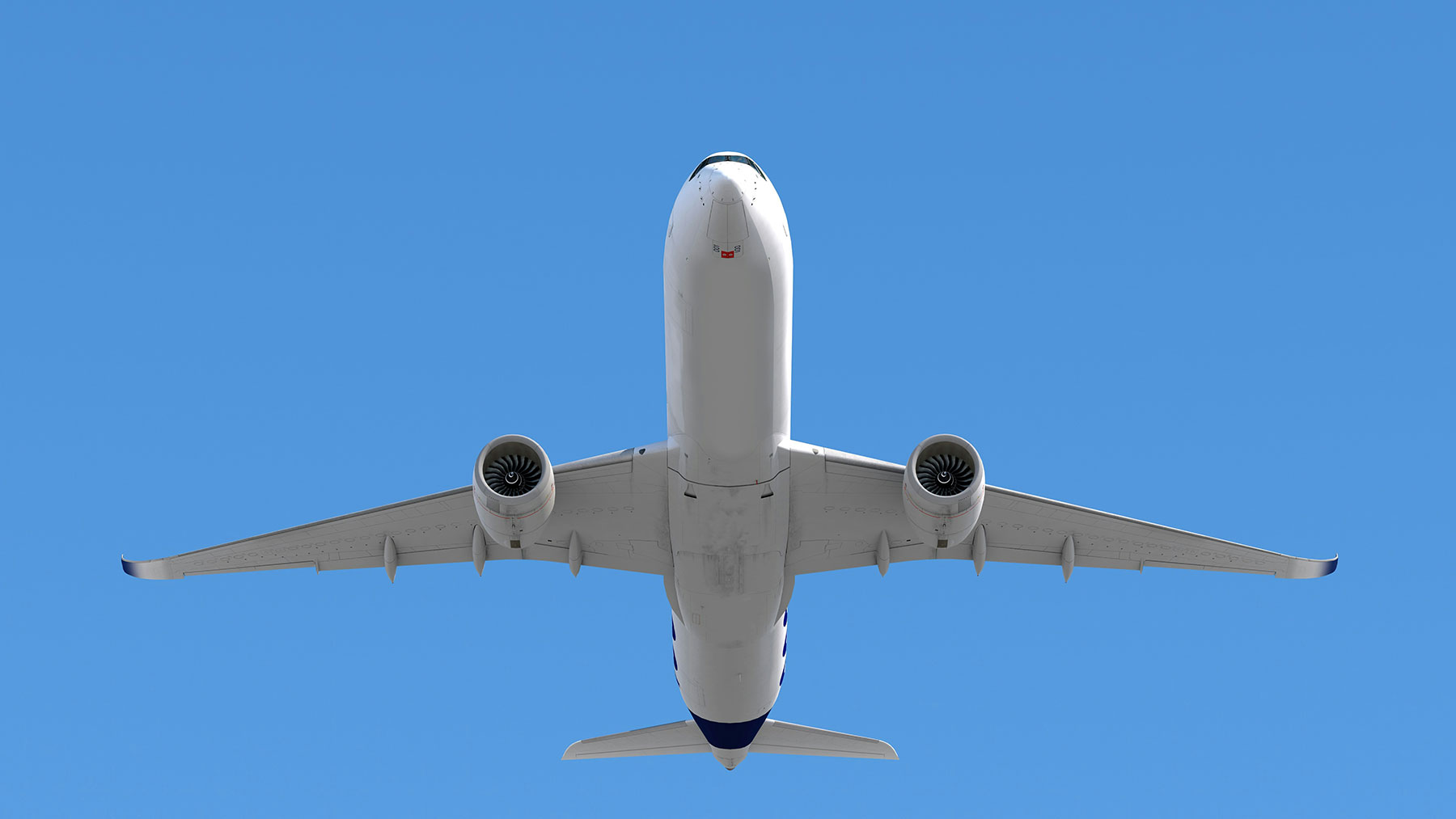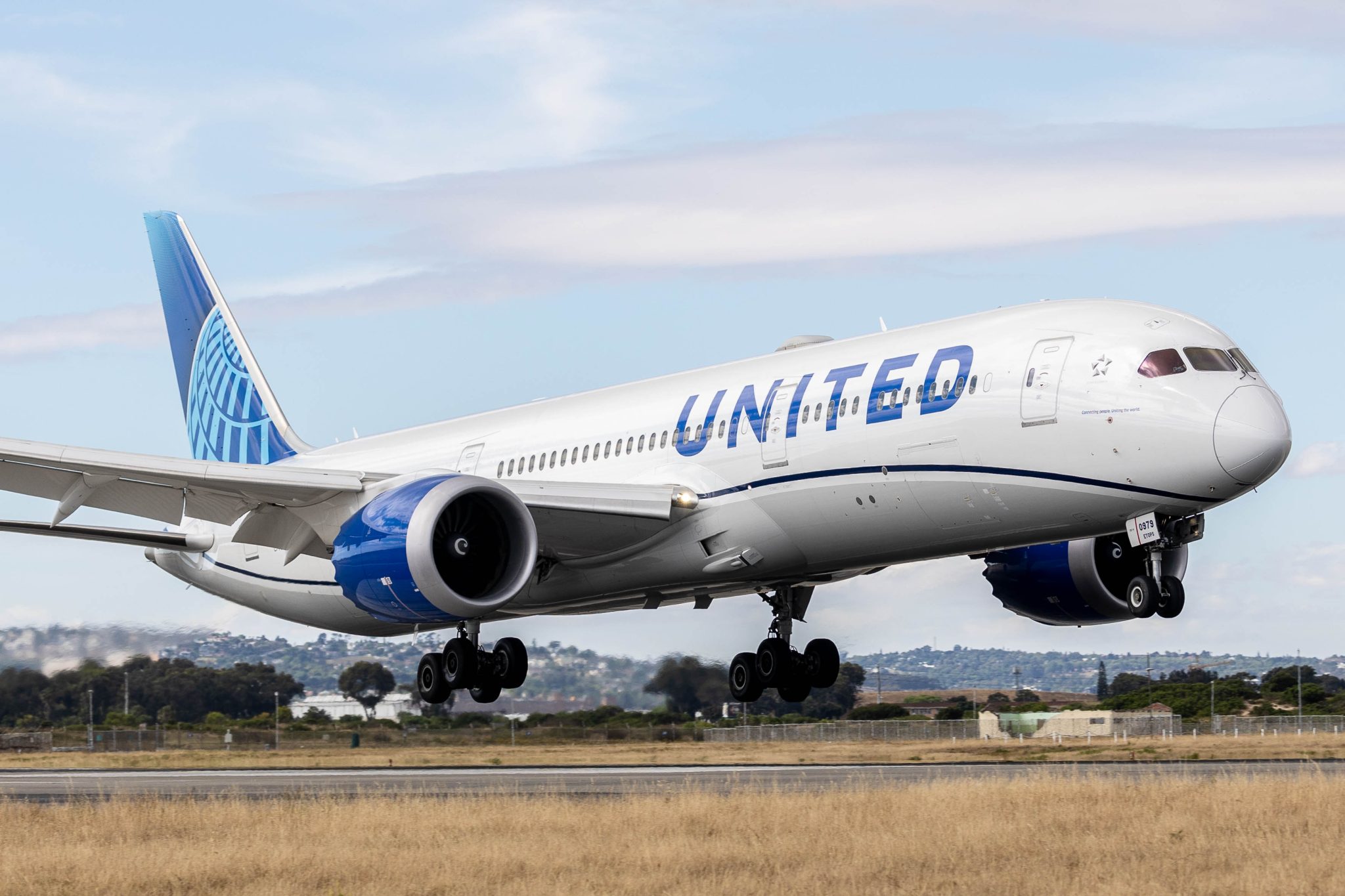SkyDrive Inc. a leading eVTOL aircraft manufacturer based in Japan, recently announced that the company has started working with DUC Hélices Propellers to develop rotors for its eVTOL SKYDRIVE – SkyDrive Model SD-05.
SkyDrive continues to pursue its mission of taking the lead in the mobility revolution and its vision of creating a future where eVTOL aircraft are used by the public in Japan and globally for everyday mobility needs.
DUC Hélices Propellers specialises in high-performance carbon composite propellers and rotors, combining aerodynamics and composite material expertise. Its products serve aeroplanes, helicopters, and multicopters and are internationally recognised for their focus on aviation safety, holding certifications from EASA, FAA, and other authorities.
The SkyDrive multi-rotor eVTOL aircraft is powered by 12 motors and three-bladed rotors. In these configurations, rotors are key components that generate lift and thrust, allowing precise control of aircraft attitude and movement through individual rotor speed adjustments. This distributed propulsion system also enhances noise reduction, redundancy, and overall flight safety.
Through its collaboration with DUC Hélices Propellers, SkyDrive is accelerating the development and testing of flight-critical rotors to support safe aircraft development and progress towards type certification. The company acknowledged DUC Hélices’ agility and expertise, noting that the initial products were delivered within four months and performed well during test rig trials, representing a milestone in advancing the SD-05 aircraft programme.
DUC Hélices highlighted its nearly three decades of experience in aeronautical composites as preparation for the challenge of developing rotors for SkyDrive’s eVTOL aircraft. The company emphasised the importance of designing rotors that balance performance with reduced vibration and noise, supporting safe and quiet urban air mobility. It recognised SkyDrive’s selection as an opportunity to contribute to the growth of this new mode of transport and reaffirmed its commitment to advancing the future of aviation.
